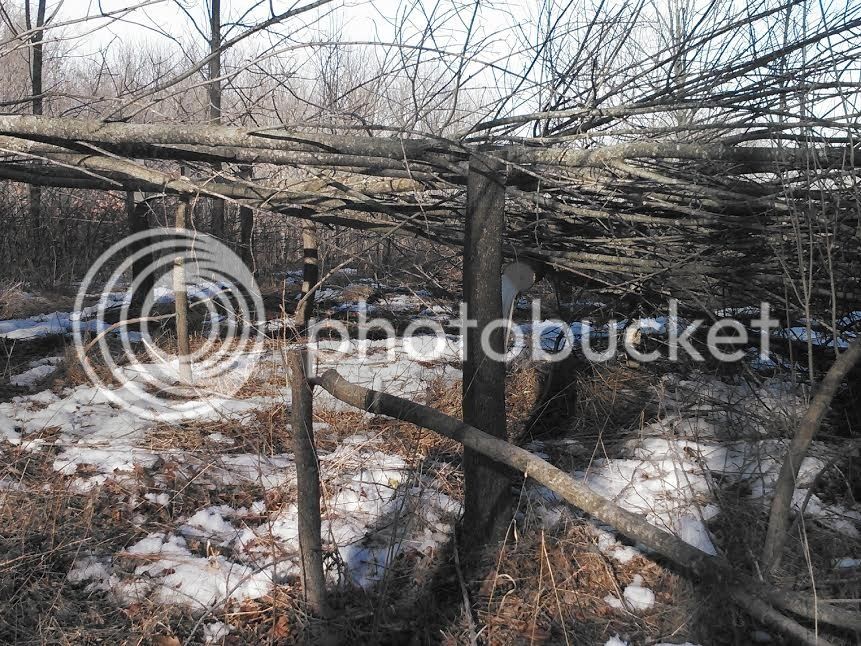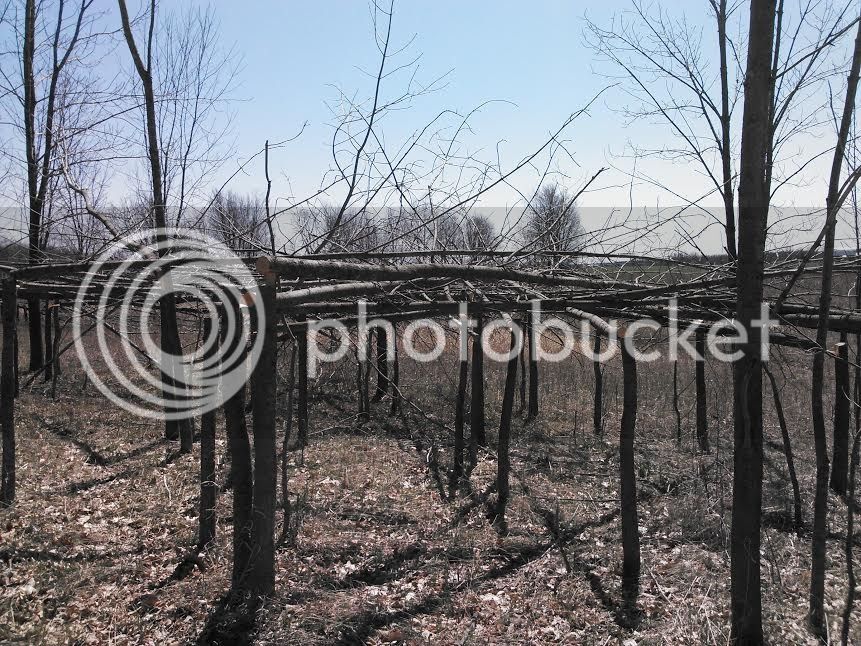Brandon
Yearling... With promise
What I am wondering when you build bedding areas out of hinge cuts how you go about it. I have read so many options on it. What I am wondering is if you hinge trees on top of trees so you have alot of the overhead cover or do you have better luck with making it a tornado zone with trees going every other directions. Also do you make these beds that you hear these guys make by cleaning out a area 5-6ft wide with a log as a back stop. I kinda see were it would have its benefits with the deer not getting poked by sticks but will they really use them. I could see in the tornado zone being a area were this may help. I am looking to build some more bedding and would like to see what's worked for other people. I am afraid with it being really thick that they may not use it do to predators in the areas. Thanks


